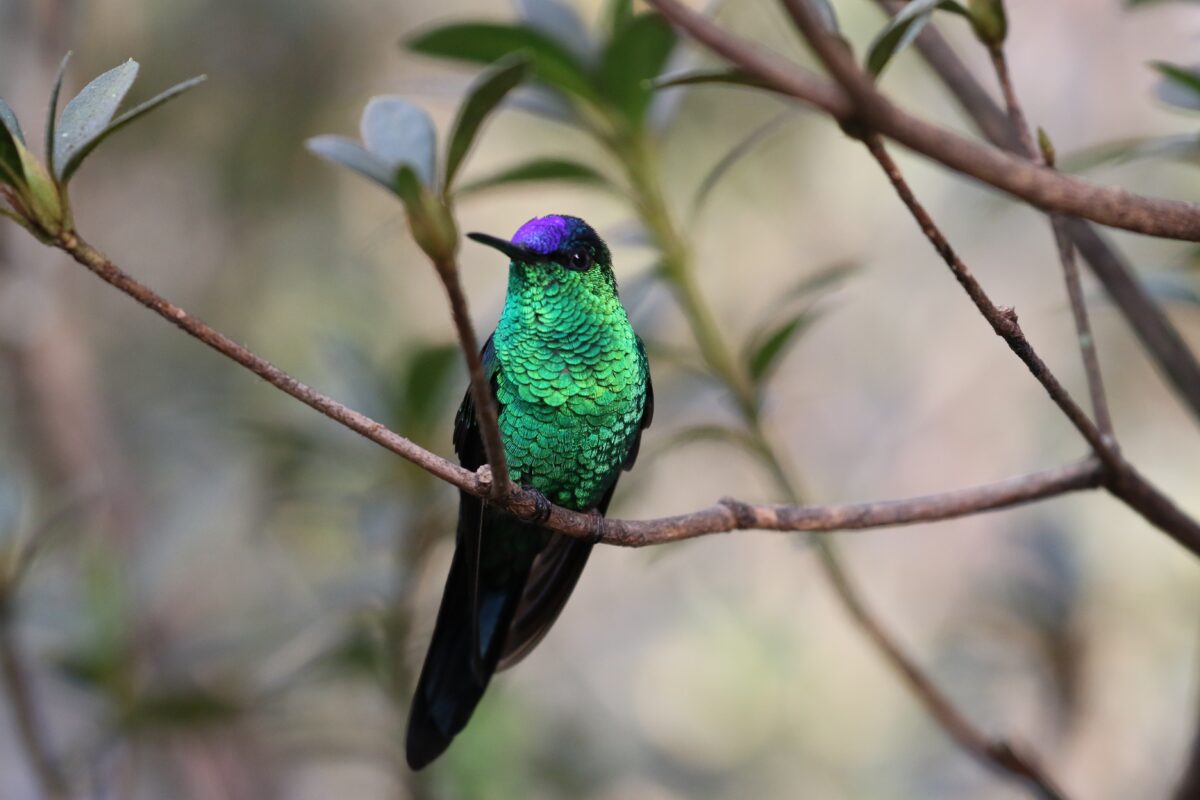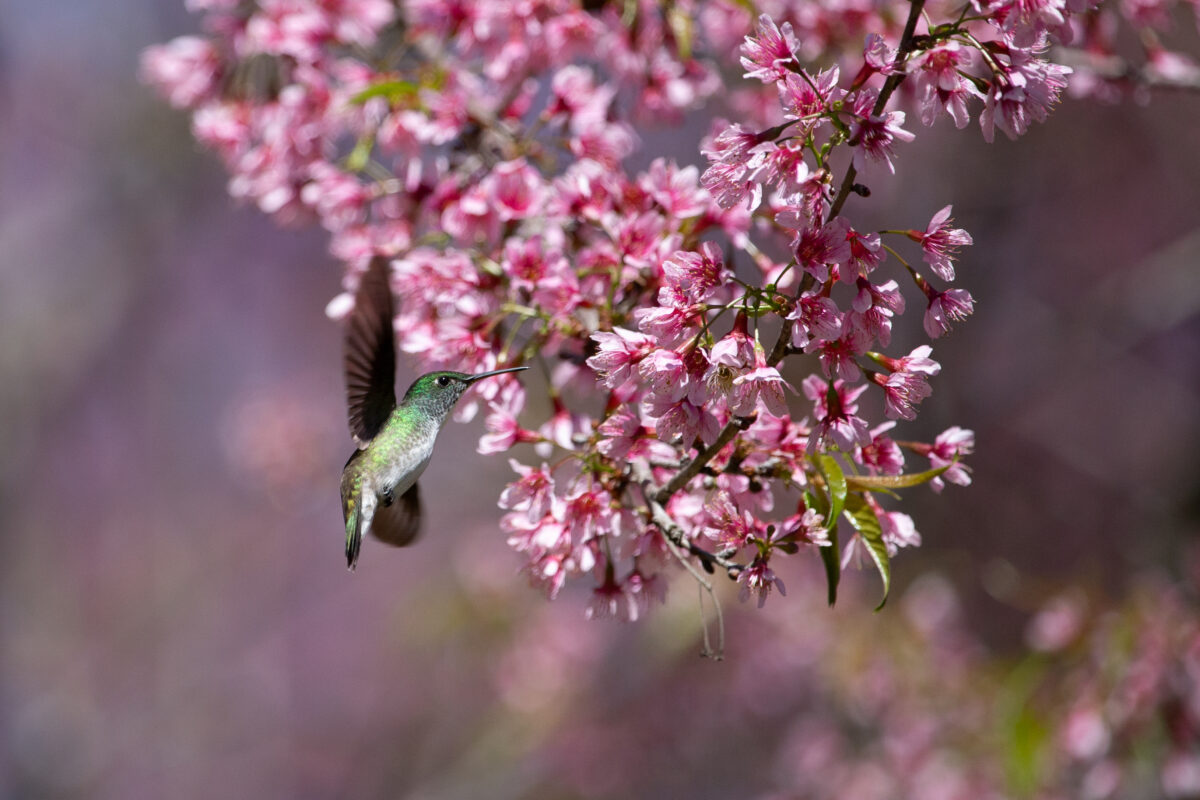 #Columns
#Columns
Why does beauty matter?
More than just moments of contemplation, the beauty of everyday life also provides sensations and experiences that help us feel more balanced and healthy
 People report feeling significantly more satisfied with life if they feel more connected to nature and able to marvel at its natural beauty, characterized by a sense of identity and belonging | Image: Eliseth Leão
People report feeling significantly more satisfied with life if they feel more connected to nature and able to marvel at its natural beauty, characterized by a sense of identity and belonging | Image: Eliseth Leão
Beauty is a universal theme. Many renowned philosophers have addressed the topic through various different approaches.
Since Plato (428–347 BCE), who conceived it as a form of perfection and eternal truth, through Aristotle (384–322 BCE), who associated it with harmony, proportion, and order, and those who saw it as more spiritual in character, such as Augustine of Hippo (354–430 CE) and Hegel (1770–1831 CE), to the Nietzschean theory that beauty is linked to life, vital force, and the capacity to overcome, as opposed to static harmony.
The fact is that even if we do not stop to think and reflect on it, beauty (or a lack thereof) directly affects us.
We do not necessarily need to define it to be influenced by it, and in a world that can sometimes seem chaotic, it has the power to redeem us, as suggested in the famous phrase “beauty will save the world,” attributed to Dostoevsky (1821–1881), inspiring humans to see the good in a world marked by suffering and corruption.
Beauty can be found in the arts, in nature, and also in everyday life, for those with an eye for it.
The great art movements, such as Classical, Renaissance, Romanticism, and Modernism, saw beauty in a similar light as philosophy, linking it to symmetry, proportion, and harmony in the quest to portray the perfection of the human body and nature.
But it was also associated with the idea of a reflection of virtues, until reaching a representation that sought to deconstruct conventional ideas and inaugurate new forms of artistic expression. This is what we call the field of human creation.
Neurotransmitters and health
In nature, beauty is revealed in harmony and contemplation, the enjoyment of which can affect our health.
Researchers have demonstrated that people report feeling significantly more satisfied with life if they feel more connected to nature and able to marvel at its natural beauty, characterized by a sense of identity and belonging.
Our emotional response to beauty is linked to deep brain processes, in which visual or auditory harmony triggers the release of neurotransmitters, giving us a sense of well-being.
This occurs because visual harmony causes the release of dopamine, which creates feelings of reward and pleasure.
Exposure to environmental degradation and chaotic structures, on the other hand, can have the opposite effect.
A few decades ago, American scientists James Wilson (1931–2012) and George Kelling (1935–2019) argued that visible signs of disorder and neglect in an environment, such as broken windows, graffiti, or litter, lead to an increase in antisocial behavior and vandalism.
Although Nietzsche (1844–1900) suggested that art can lend a certain poetry to death, it is the affirmation and strength of life that seduces and enriches us.
In everyday life, beauty is also present in moments of restoration.
Health professionals, for example, see beauty in a patient’s recovery from a pressure injury that caused necrosis (cell death); when the blood flow is restored, the tissue resumes its bright, healthy appearance.
The same is true of nature regenerating after devastating wildfires, be it in forests, savanna, wetlands, or anywhere else on the planet.
Death often erases the beauty of human life, flora, and fauna, and with that in mind, we take great care to preserve it.
In times of stress, anxiety, or other challenges, beauty acts as a breath of fresh air, providing relief and a renewed perspective.
Exposure to natural environments, something considered beautiful by most people, can also reduce levels of the stress hormone cortisol, promoting a feeling of relaxation and emotional recovery. Attention restoration theory seeks to explain the ability of natural beauty to reduce mental fatigue.
This also seems to be at the heart of why so many of us instinctively seek out nature when we want to “recharge our batteries,” “de-stress,” or recover a sense of “feeling at home.” It triggers a response rooted in our evolutionary process—urban concrete and asphalt have only very recently been part of the human experience.
Our pursuit of beauty amidst the fluctuations of life may therefore be reflected in the words of Brazilian writer Guimarães Rosa: “The outback is all around us, but the paths are like a miracle.”
In day-to-day life, beauty is like a pathway to nourishment, providing shelter and refuge to keep us healthier on some level.

Lis Leão is a senior researcher at Hospital Israelita Albert Einstein and head of the e-Nature Research Group for interdisciplinary studies on connections between nature, health, and well-being (CNPq).
Opinion articles do not necessarily reflect the views of Science Arena or Hospital Israelita Albert Einstein.
*
This article may be republished online under the CC-BY-NC-ND Creative Commons license.
The text must not be edited and the author(s) and source (Science Arena) must be credited.









